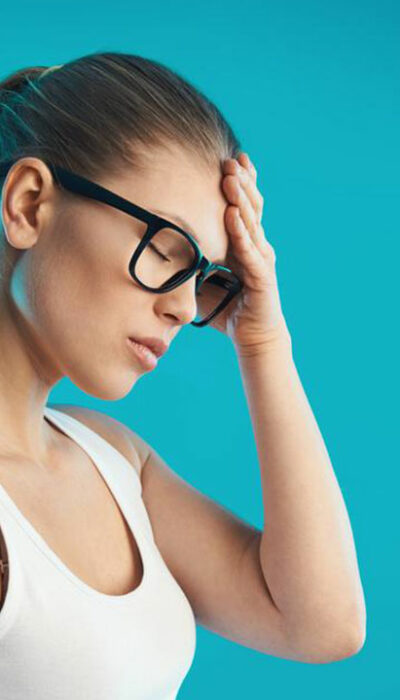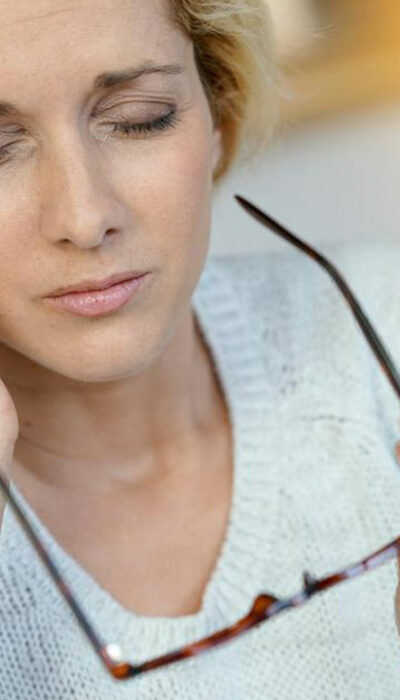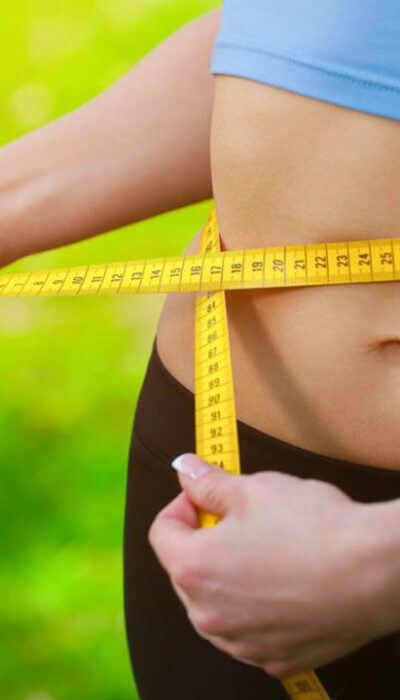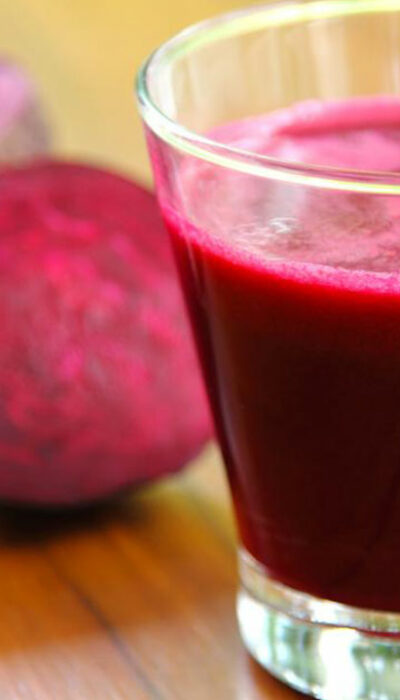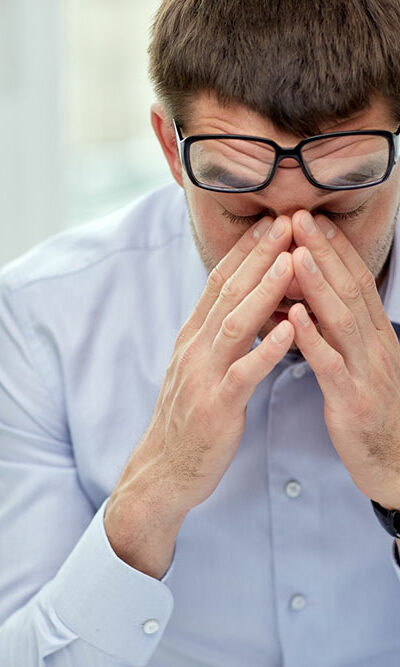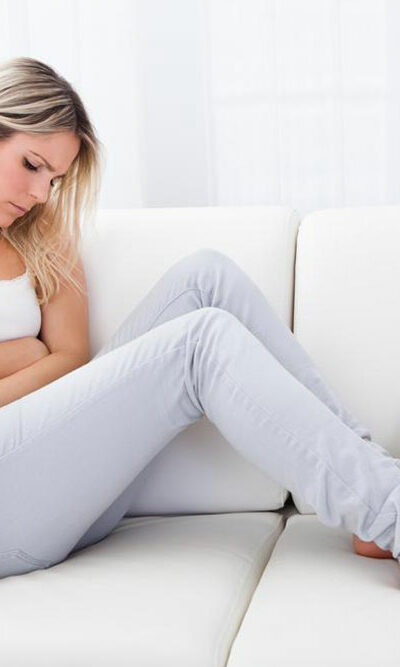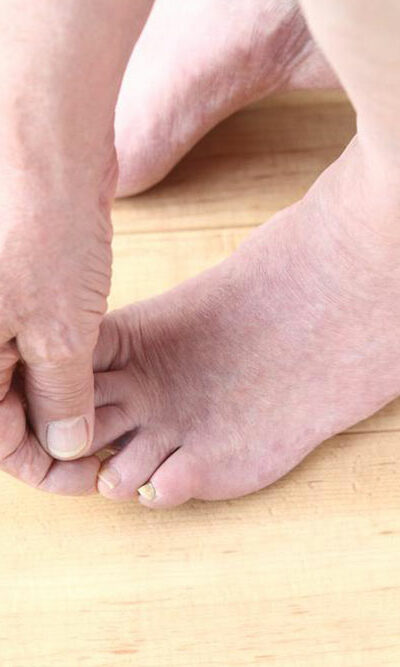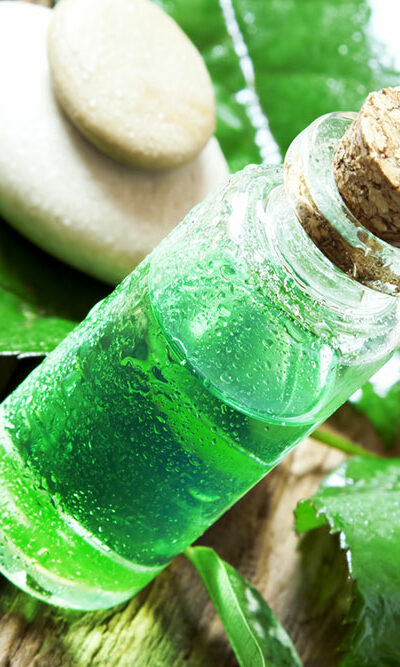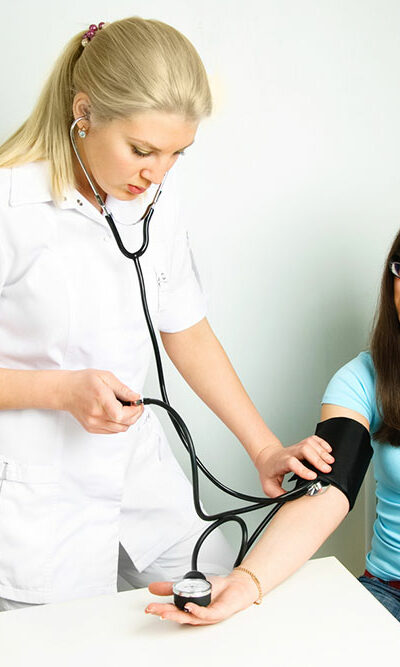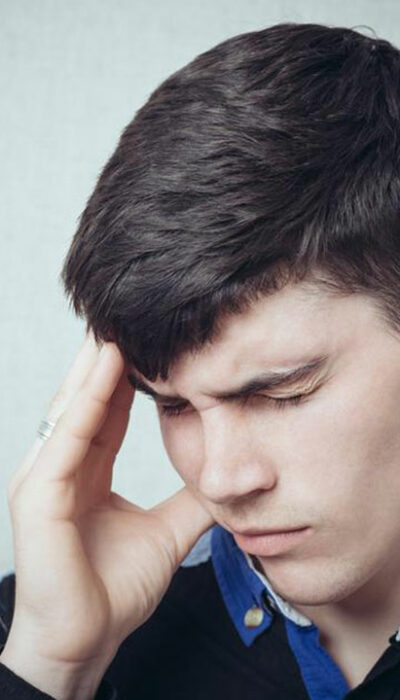
Types of Meningitis You Should Know
What is meningitis? An inflammation of the membranes and fluids that cover the spinal cord and brain is known as Meningitis. According to statistics, over 1 million people every year get affected by different types of meningitis. The most common cause of meningitis is the infection, and this infection can be caused by different kinds of germs like parasites, viruses, fungi, and bacteria. What are the different types of meningitis? Bacterial meningitis Bacterial meningitis is an aggressive type of meningitis that can develop quickly – often within a few hours. Bacterial meningitis is so dangerous that it leads to death or permanent disability within a few hours. In 10-20% of the cases, bacterial meningitis is fatal, accounting for about 170,000 deaths around the world every year. Most of these deaths occur within 24-48 hours of the onset of the symptoms. Streptococcus pneumoniae (the pneumococcus), Neisseria meningitidis (the meningococcus) and Haemophilus Influenzae Type B (Hib) are the main causes of bacterial meningitis. These bacteria are divided into groups of three that are known as serotypes or serogroups. To state an example, 95% of meningococcal meningitis and septicemia cases are caused by meningococcus serogroups A, B, C, W, and Y. Septicaemia, also known as blood poisoning, is a potentially life-threatening infection that is caused when meningitis-causing bacteria gets into the bloodstream. The infection can occur on its own or in addition to meningitis. It is very common to find meningitis bacteria in the throat and nose area in people. The bacteria that live in these areas of the human body usually cause no harm and help build immunity against infections. In case the bacteria invade the body, in a rare case, the disease manifests itself. Through respiratory droplets released through coughing, sneezing and making close contact, the bacteria becomes contagious as it can spread from person to person.
